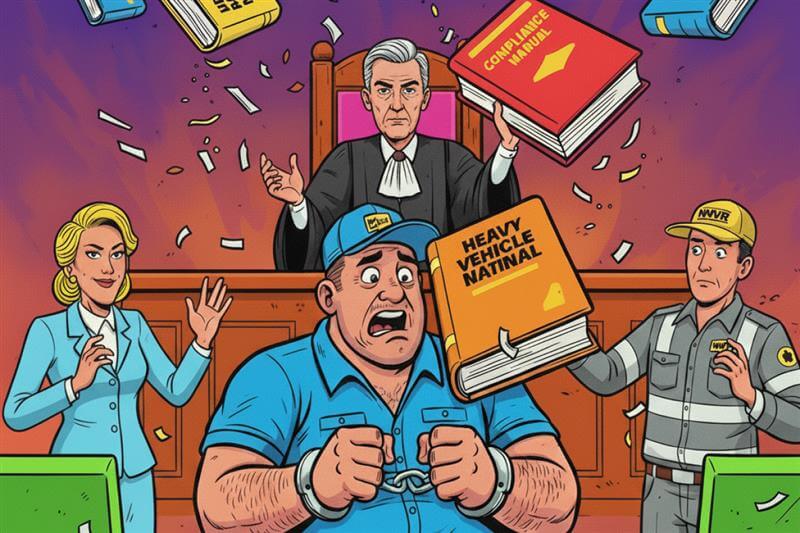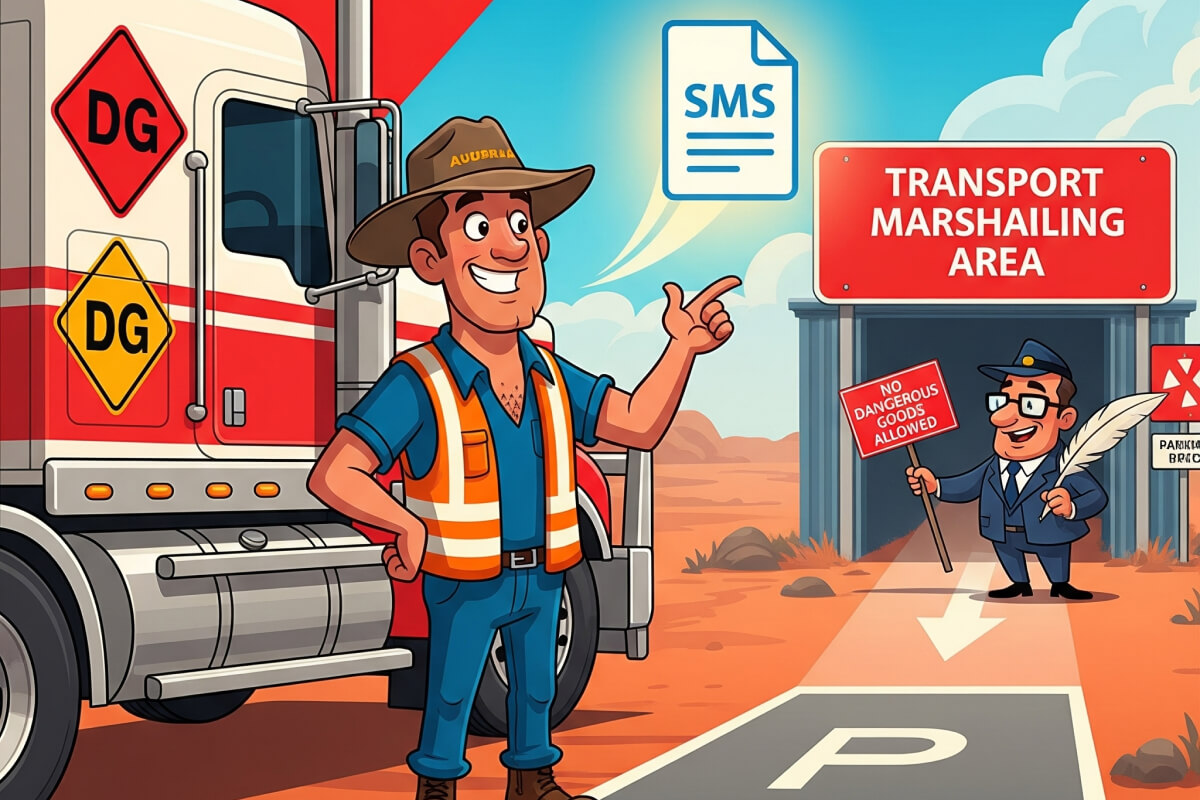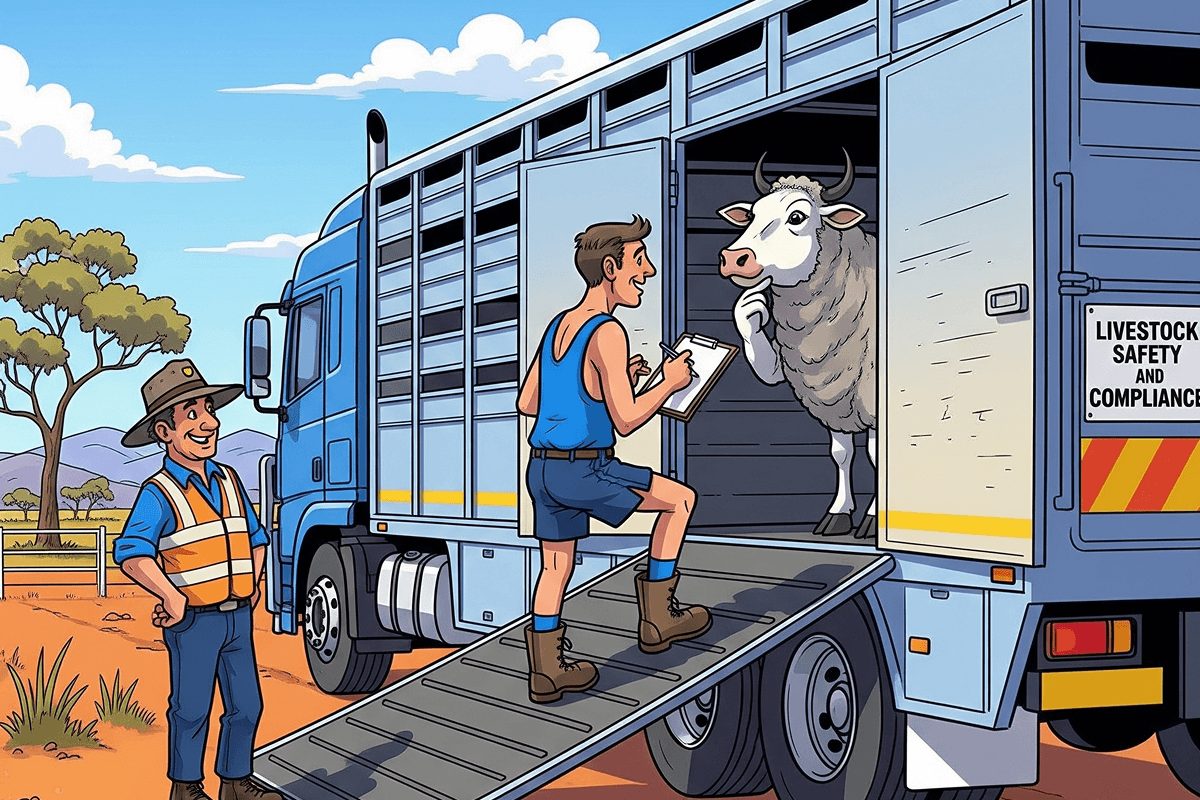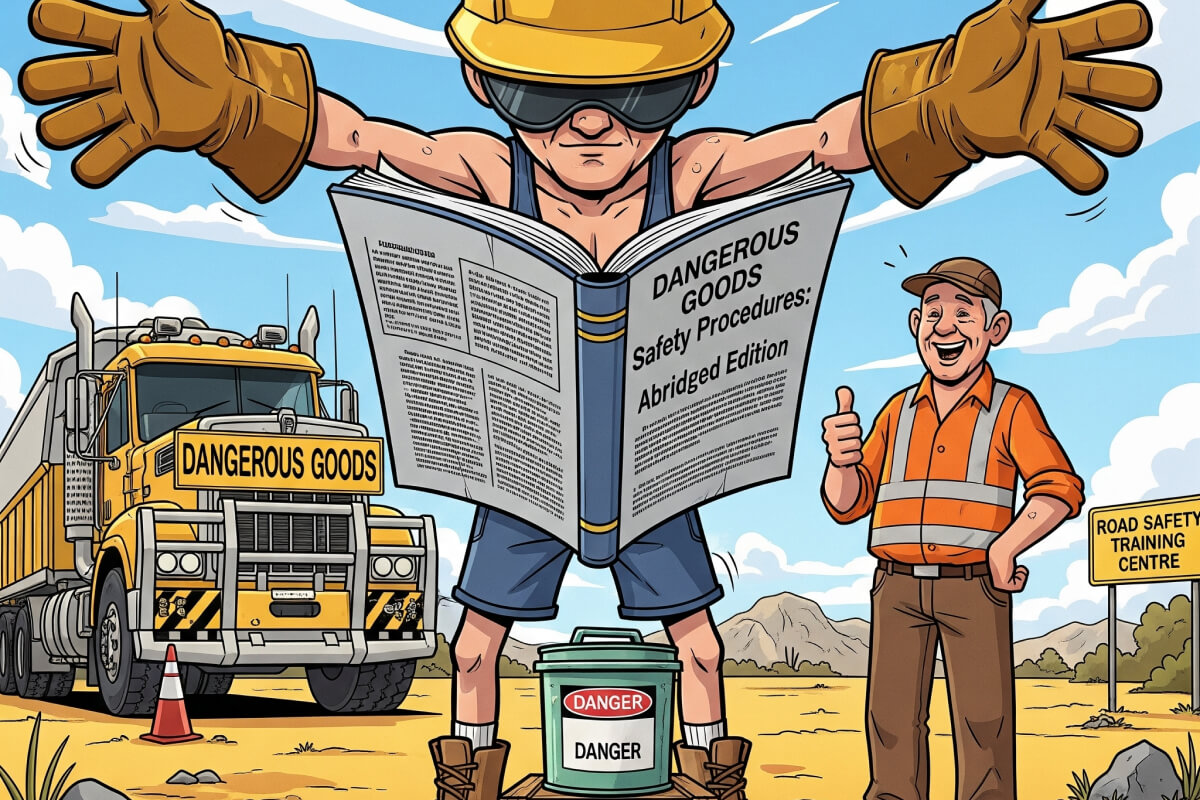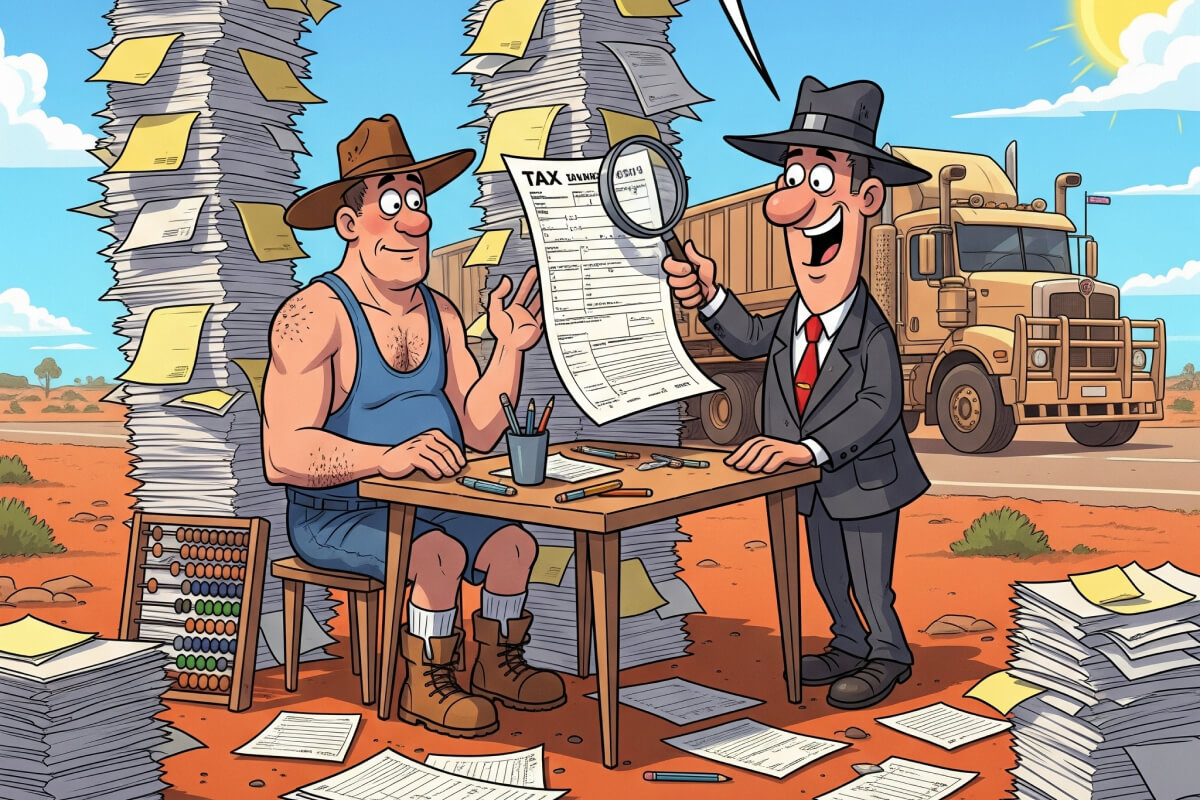
In this crucial episode of Risky Business, we welcomed Michael Gallagher from Tax for Truckies, a CPA and valued NRFA member benefit supplier, who helped us sharpen our tax strategies for the end of the financial year. We discussed vital deductions, audit-proofing methods, and clever superannuation strategies to minimise tax and maximise returns. Our goal at Risky Business is to provide a comprehensive reality check on compliance, safety, and survival in the transport industry, because, as we always say, transport truly is a risky business.
For those who don’t have time to listen to the full 120-minute show, here’s an overview below of what we covered:
You can listen to the full episode here:
| Listen to the full episode on | ||
| Spotify | Soundcloud | Apple Podcast |
Part 1: Sharpening Your Tax Strategy with Michael Gallagher.
Michael Gallagher, a CPA from Tax for Truckies, joined us to discuss end-of-financial-year tax strategies specifically for truckies. He underscored the importance of professional tax advice, emphasising that a good tax professional acts as a safety net and can help keep you “under the radar” from audits.
Key Deductions for Truck Drivers:
Meal and Travel Allowances: This is a major area of contention. While a “reasonable amount” is set, you can only claim what you actually incur. We delved into the ongoing Shaw v. Commissioner of Taxation case, where a driver successfully claimed a substantial amount ($32,000) which was below the reasonable allowance but was still audited. This case, currently in federal court, highlights that robust substantiation, even with bank statements, combined with evidence of travel (like a work diary) and employer corroboration, can support a claim. If Shaw wins, it could be a landmark outcome for drivers, potentially simplifying substantiation with a work diary and a dedicated bank account for transactions.
Using Hubfleet Electronic Work Diary to Verify Nights Away:
The Hubfleet Shift Summary Report makes tax time easier by providing a clear record of your shifts, including start and end times, locations, and durations. It’s especially useful for proving when you took your major break away from home, helping you claim travel allowances. Reports can be exported as PDF or Excel files, making it simple to share with your accountant and support your deductions with accurate, audit-ready data.
Sign up for a free 14 day trial of Hubfleet.
Audit-Proofing Your Claims:
To avoid issues, Michael strongly recommends isolating personal groceries from business-related food expenses. This can be achieved by using a separate credit card or making separate purchases. Utilising apps like Hubdoc or similar photo-taking facilities for receipts can effectively audit-proof your claims by keeping digital records. While the ATO has a “My Deductions” app, it wasn’t recommended.
Other Notable Deductions:
We covered a wide range, including immediate write-offs for computers under $300 (for employees), or up to $20,000 per item for owner-drivers. Other deductible items include GPS, head wireless sets, work-related medical expenses, safety glasses, Hubfleet Electronic Work Diary, sleeping bags, stationery, tax fees, telephone costs, tools, training, truck cleaning tools, torches, union fees, and USB chargers. Interestingly, “Truckin Life” magazine is tax deductible as professional development, helping you stay informed on industry news and regulations.
Travel to and From Work:
Generally, travel to and from work isn’t deductible unless you’re carrying heavy and bulky tools without a secure place to store them at work. If applicable, you can claim up to 5,000 kilometres without substantiation (at 88 cents per kilometre this year), or a percentage of all vehicle expenses using a 12-week logbook (with apps like Driver’s Note assisting).
Superannuation Contributions:
Michael highlighted this as a significant opportunity for tax savings, particularly for those aged 50-60. If your super balance is under $500,000, you can potentially contribute unused concessional caps from the past five rolling years, leading to substantial tax refunds. Even though contributions are taxed at 15% in super, the net benefit is considerable due to higher marginal tax rates. For younger drivers (30s-40s), setting up a self-managed super fund to invest in property was also mentioned as a possibility.
New Tax Rates 2024-2025:
Income between $45,000 and $135,000 is now taxed at approximately 32% (including Medicare levy), and between $135,000 and $190,000 at 39%. For those earning over $190,000, the rate is 47%, meaning nearly half your income goes to tax if you don’t manage it properly.
Why Truckies Overpay Tax:
A primary reason is the reluctance to engage a tax professional. Many fear audits or costs, but a good accountant provides a safety net. Common audit red flags include work-related expenses significantly higher than industry benchmarks, often detected by AI programs.
End-of-Financial-Year Tip:
Michael advised against rushing to lodge tax returns on July 1st. Key information like bank interest, dividends, and health insurance reports may not be finalised until mid-July. Employers have until July 15th to finalise group certificates (now called Single Touch Payroll reconciliations) with the ATO.



